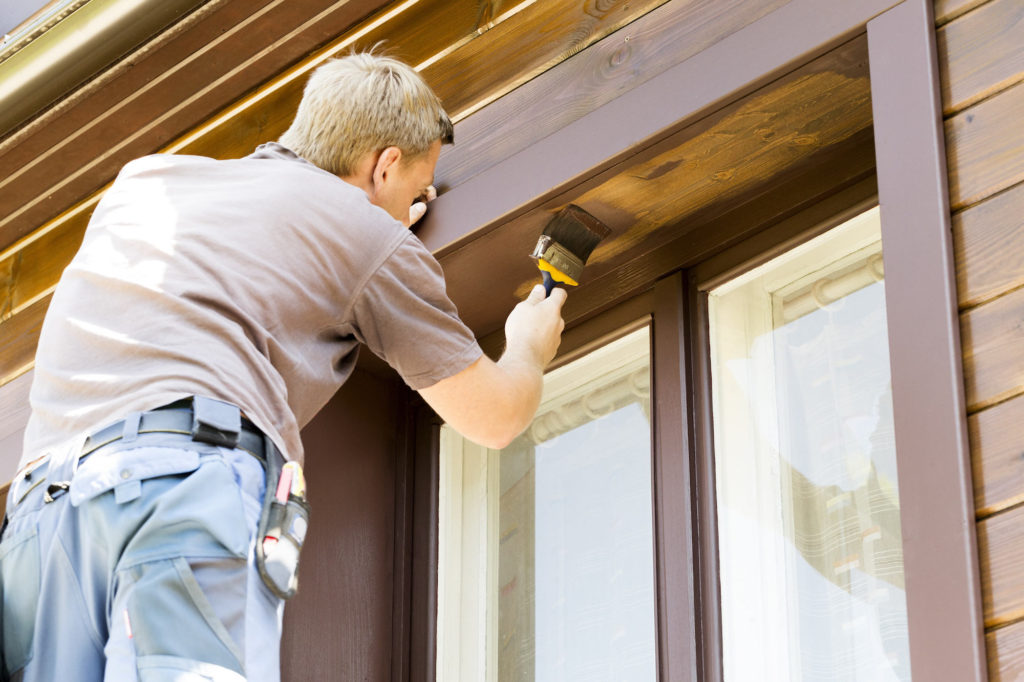Damp proofing and repair are the actions taken to prevent or repair moisture that has travelled through the floor, wall, or ceiling. It is very important for a homeowner to correctly damp proof his or her home to prevent serious or irreversible structural damage such as rotting timbers, termite infestation, odour, or mould.
Types of Moisture or Dampness
Generally, there are five types of dampness found in people’s homes. They include:
- Dampness due to condensation
- Dampness due to poor drainage
- Salt or rising damp within masonry or brick
- Falling damp
- Dampness due to horizontal penetration
Causes of Dampness
The need for rising damp repair in Scotland can occur from a number of different causes. These include:
- Sub-Floor Ventilation That Is Not up to Standards: A floor with a lack of ventilation can cause a buildup of humidity due to the minimal amounts of evaporation located in the base walls and soil. This can often lead to the rotting of timber floors from the inside out, dampness from condensation, and rising damp.
- Poor Landscaping and Drainage aroundtheHome or Garden: This can also cause rising dampness.
- Damaged Pipes and Gutters: If you notice that your gutters are leaking or that your down pipes, roofs, and gutters are in any way damaged, you may need a damp repair service in the near future.
Preventative Damp Proofing
Damp proofing your home is something that you want to treat with care. A professional will implement one of these following methods:
- Chemical Impregnation Using Gravity:This method involves the drilling of holes at regular intervals into the mortar lines. The holes are then filled with special tubes that allow liquid to fill the holes, thus creating a repellent horizontal layer of water within the mortar and bricks.
- Chemical Injection Using Pressure:This is similar to the method above but rather than using gravity, liquid is pumped into the drilled holes.
- Physically Creating a Damp Course: To start, bricks are removed from the floor of the home and covered with a plastic sheet. The sheet is then replaced with a type of waterproof mortar. This method only allows for short amount of sections to be treated at one time as each section that has been mortared needs to set for 48 hours to ensure that it can support the weight of the wall.
- Replacing Plasterboard or Plaster:In this method, professionals remove the affected plasterboard or plaster completely from the wall, all the way down to the structure. Waterproof plasterboard, cement mix, or waterproof plaster is then replaced. In most cases, battens are also attached to provide a gap for ventilation.
Damp repair and damp proofing professionals can provide the following services:
- Treatment or repair for rising damp
- Subfloor or roof ventilation
- Control of mould on ceiling and walls
- Basement and under-floor damp proofing
- Air filtration

